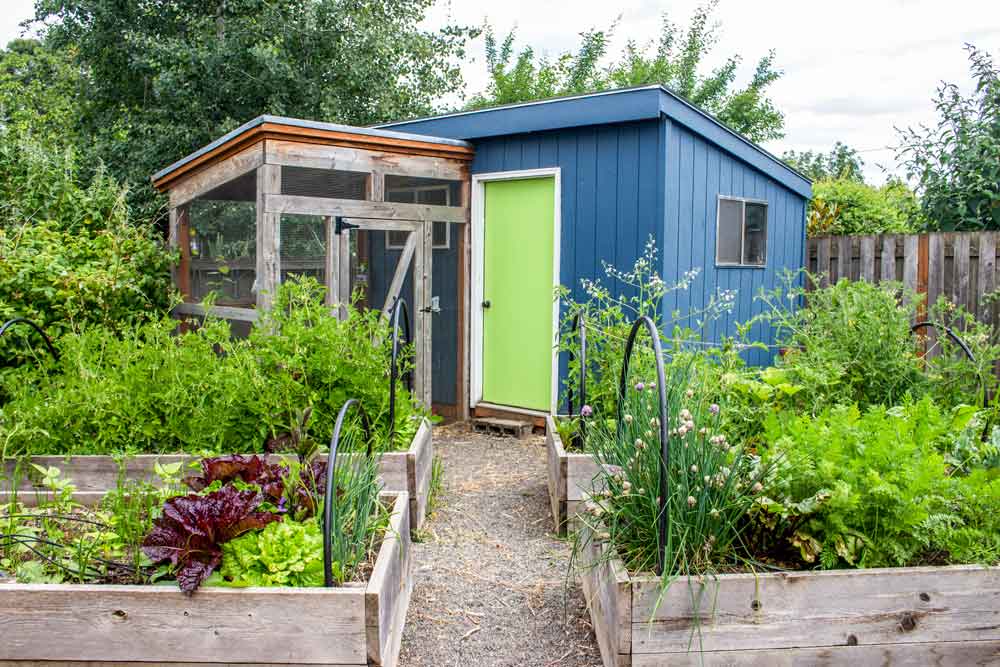For those passionate about self-sufficiency and the joys of homesteading, cooking with garden vegetables is not just a culinary endeavor, but a lifestyle choice. Embracing the bounty of your garden can transform meals into nourishing feasts that celebrate the earth’s offerings. In this guide, we’ll delve into the art of turning your fresh produce into delicious dishes, ensuring every meal is a testament to your hard work and nature’s generosity.

The Joy of Homegrown Produce
There’s something truly rewarding about stepping into your backyard and harvesting the ingredients for your next meal. The vibrant colors, crisp textures, and unparalleled flavors of homegrown vegetables make cooking with garden vegetables a joyful experience. By cultivating your own produce, you not only ensure the highest quality of ingredients but also reduce your carbon footprint, contributing to a more sustainable lifestyle.
Preparing Your Garden for Harvest
Choosing the Right Vegetables
When planning your garden, consider the vegetables that thrive in your climate and soil. Popular choices among homesteaders include tomatoes, zucchini, peppers, and leafy greens. Each of these vegetables offers versatility in cooking, providing numerous cooking with garden vegetables options.
Seasonal Harvesting Tips
Timing is crucial when harvesting your vegetables. Picking them at their peak ensures maximum flavor and nutrient content. For instance, tomatoes should be harvested when they are fully colored but still firm to the touch. Zucchini, on the other hand, is best picked when they are about 6-8 inches long for optimal taste.
Creative Recipes for Garden Vegetables
Tomato and Basil Pasta
This simple yet flavorful dish highlights the freshness of garden tomatoes and basil. Toss freshly cooked pasta with diced tomatoes, minced garlic, and a generous handful of basil leaves. Drizzle with olive oil and sprinkle with Parmesan cheese for a delightful meal.
Grilled Vegetable Medley
For a smoky and savory treat, grill a selection of your garden vegetables. Peppers, zucchini, and eggplant work wonderfully on the grill. Season with olive oil, salt, and pepper before grilling to enhance their natural flavors.
Hearty Vegetable Soup
Embrace the comfort of a warm bowl of soup made from your homegrown produce. Combine diced vegetables such as carrots, potatoes, and beans with vegetable broth and herbs for a nourishing and satisfying meal.
Preserving Your Harvest
Canning and Pickling
Preserving your garden’s bounty allows you to enjoy the flavors of summer year-round. Canning tomatoes, pickling cucumbers, and fermenting cabbage into sauerkraut are excellent ways to extend the shelf life of your produce. For more ideas on preserving your harvest, consider exploring root cellar storage ideas.
Freezing Vegetables
Freezing is a straightforward method to preserve many types of vegetables. Blanching vegetables before freezing helps maintain their color and texture. Once blanched, spread them on a baking sheet to freeze individually before transferring them to airtight containers.
Sustainable Practices in the Garden
Composting for Healthy Soil
Healthy soil is the foundation of a thriving garden. By composting kitchen scraps and garden waste, you enrich your soil with essential nutrients. Learn more about reducing waste on your homestead by visiting how to reduce waste.
Water Conservation Techniques
Implementing water-saving techniques is crucial for sustainable gardening. Consider installing rainwater collection systems to make the most of natural rainfall, reducing reliance on municipal water sources.
Incorporating Garden Vegetables into Daily Life
Meal Planning with Garden Produce
Integrating your garden’s produce into your daily meals require thoughtful planning. Consider creating a weekly meal plan that highlights seasonal vegetables, ensuring a balanced and nutritious diet. Explore more about the homesteading lifestyle by understanding what is homesteading.
Sharing Your Bounty
One of the joys of homesteading is sharing your harvest with friends and family. Consider hosting a garden party where you showcase dishes made from your garden produce, or donate surplus vegetables to local food banks.

FAQs about Cooking with Garden Vegetables
What vegetables are easiest to grow for beginners?
For beginners, vegetables like lettuce, radishes, and carrots are easy to grow and require minimal maintenance.
How can I store my garden vegetables effectively?
Storing garden vegetables properly extends their shelf life. Root cellars are ideal for storing root vegetables, while canning and freezing work well for others.
What are some creative ways to use surplus vegetables?
Surplus vegetables can be used in soups, stews, and stir-fries. They can also be preserved through canning or pickling for later use.
To further enrich your homesteading journey, explore backyard homestead ideas that enhance your sustainable living practices.





